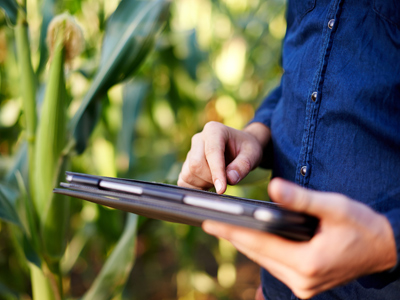

Data Logging 02
See how much you know about data logging in this enjoyable KS3 ICT quiz. A data logger is an electronic device that records data over time or in relation to location either with a built in instrument or sensor, or via external instruments and sensors. The time between the moments that the data logger records the data it is collecting is called the logging interval. The logging interval varies and depends on what data you want to collect and the purpose for which it is collected. An example of this would be measuring the temperature changes in an environment over the course of a day. Taking readings every second would result in a lot of data. Taking readings once every hour would not give a smooth curve. Also, if one reading was somehow inaccurate, it would have a greater effect on the results. Taking a reading every ten minutes would therefore be more suitable.
Data logging has several important advantages.
Ready for more?
not all...
quizzers. Try to win a coveted spot on our Hall of Fame Page.






